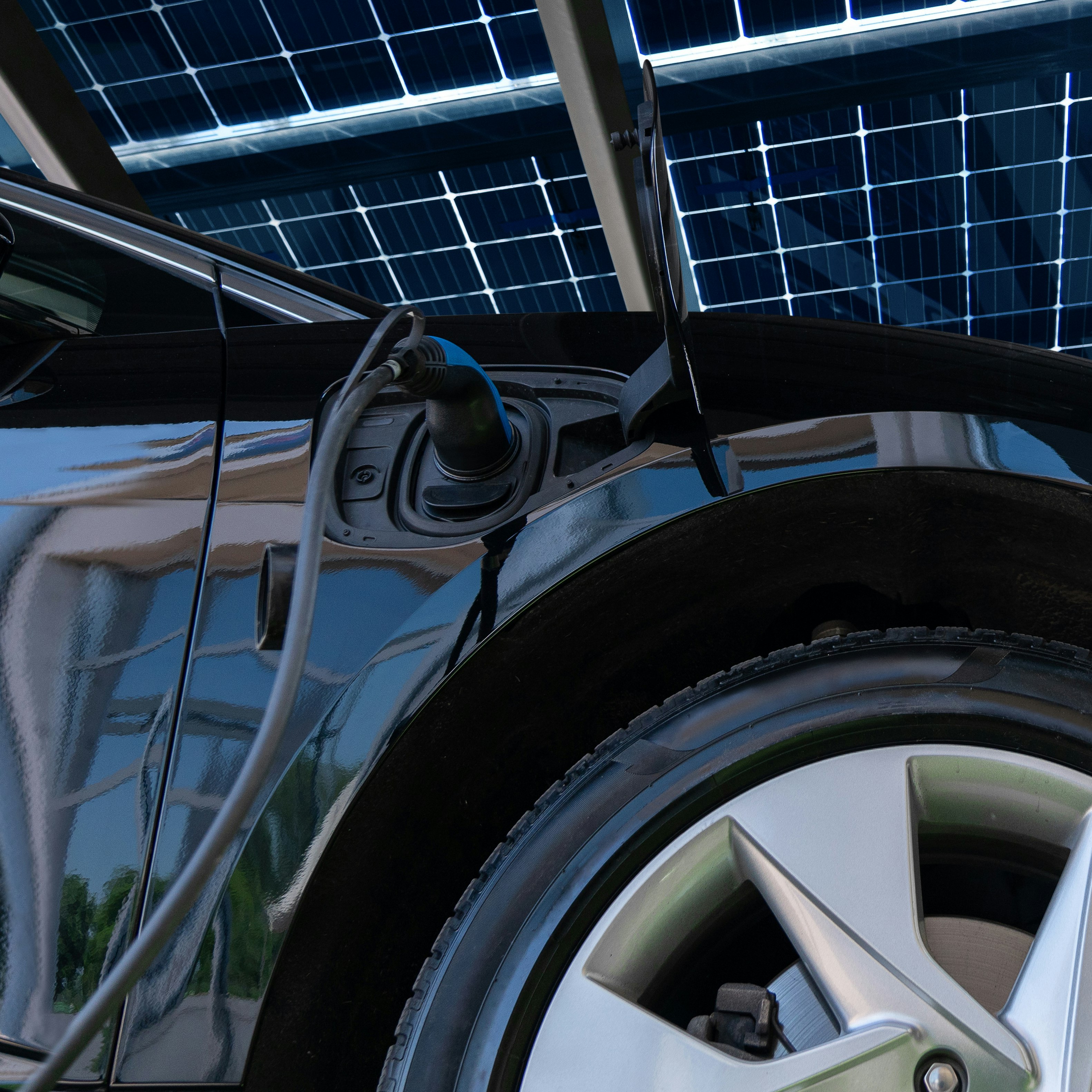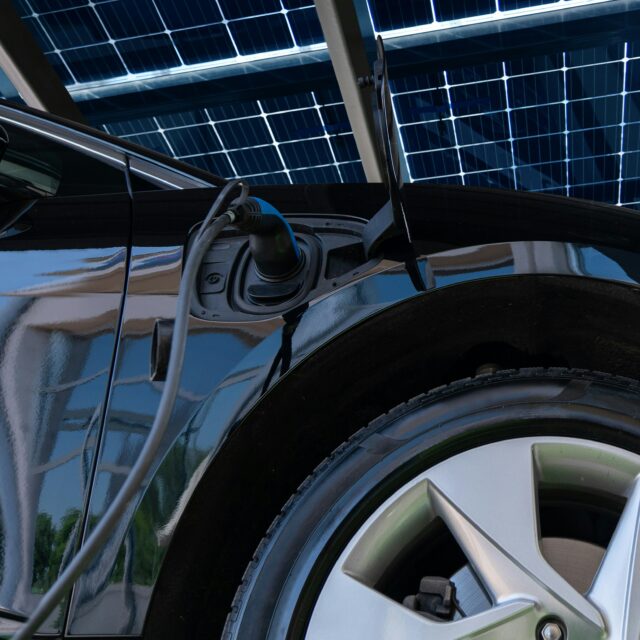
Global electric vehicle (EV) markets today differ widely, shaped by different levels of policy support, corporate activity, consumer preference and awareness, driving patterns and cultural specificities. The role of policy has been particularly significant in steering corporate strategy towards electrification and enabling consumer uptake.
In today’s major EV markets – including China, Europe and the United States – early adoption was jump-started in many cases by policies to spur demand, such as vehicle purchase incentives. Direct incentives for carmakers were also used in China. Many of these countries and regions are now seeing EV markets maturing, especially for cars, for which sales shares are increasing rapidly. More developed markets such as China and several European countries are now progressively decreasing or phasing out incentive schemes for electric cars and shifting focus towards other segments such as heavy transport and charging.
At the same time, some governments in major markets have increased their targets for EV adoption further and are working to address other parts of EV supply chains, such as through policy support for vehicle and battery manufacturing and critical mineral supply chains. Many other countries outside the major markets have also started to introduce policy to support EV adoption in recent years, for the first time in some cases. Overall, global spending by governments and consumers on electric cars has significantly increased in the past few years, exceeding USD 400 billion in 2022.
For companies, policy requirements were an important driver for electrification in the early years of EV adoption. With the exponential growth of electric car sales, however, it has become increasingly important for major incumbent carmakers to offer EVs as a key part of their portfolios in order to capture market share and maintain a competitive edge. Competition is increasing, with a growing number of new entrants, particularly from China but also from other emerging market and developing economies (EMDEs), pushing the entire industry to accelerate decarbonisation. Overall, corporate strategy among major carmakers is shifting, and – as in recent years – 2022‑2023 saw a series of important EV announcements: fully electric fleets, cheaper cars, more investments, and integration with battery making and critical minerals.
This section of the Outlook provides information on selected policy developments announced between April 2022 and March 2023, since the last edition of the IEA Global Electric Vehicle Outlook in 2022.1
As in recent years, most policies supporting EVs target the electric light-duty vehicle (LDV) segment, for which market maturity is most advanced and vehicle availability greatest. In 2022, more than 90% of global sales of LDVs were covered by policy that encourages EV uptake. Typical policies include fuel economy and pollutant standards; zero-emission vehicle mandates; economic and budgetary regulation for fuels and vehicles, such as through fiscal regimes and taxation; purchase incentives and subsidies; and bans on internal combustion engine (ICE)-only vehicles.
There is an increasing policy focus on the heavy-duty vehicle (HDV) segment, including medium freight trucks, heavy freight trucks and buses, and almost 70% of global HDV sales are now covered by EV policies. Countries are increasing funding, committing to zero-emission vehicle2 (ZEV) deployment targets and enacting HDV-specific policies for the first time. In 2022, 11 countries signed on to the Global Memorandum of Understanding (MoU) on Zero-Emission Medium- and Heavy-Duty Vehicles, bringing the total number of signatories to 27. These countries aim for 100% zero-emission new truck and bus sales by 2040.
Policies are also shifting towards electric vehicle supply equipment (EVSE), or charging, and currently almost 80% of global EV sales (LDV and HDV) are covered by EVSE-related policy. Countries are increasingly dedicating funds to EVSE deployment, acknowledging that lack of charging infrastructure can be a critical barrier to EV adoption.
The 2022-2023 period was notable for the announcement of policies in the European Union and United States – new CO2 standards and the Inflation Reduction Act (IRA), respectively – which are expected to have a significant impact on the pathway to zero-emission road transport. In addition, several EMDEs outside China have developed specific industrial policy to support battery and EV production, seeking to capitalise on opportunities to strengthen domestic manufacturing capacity.








